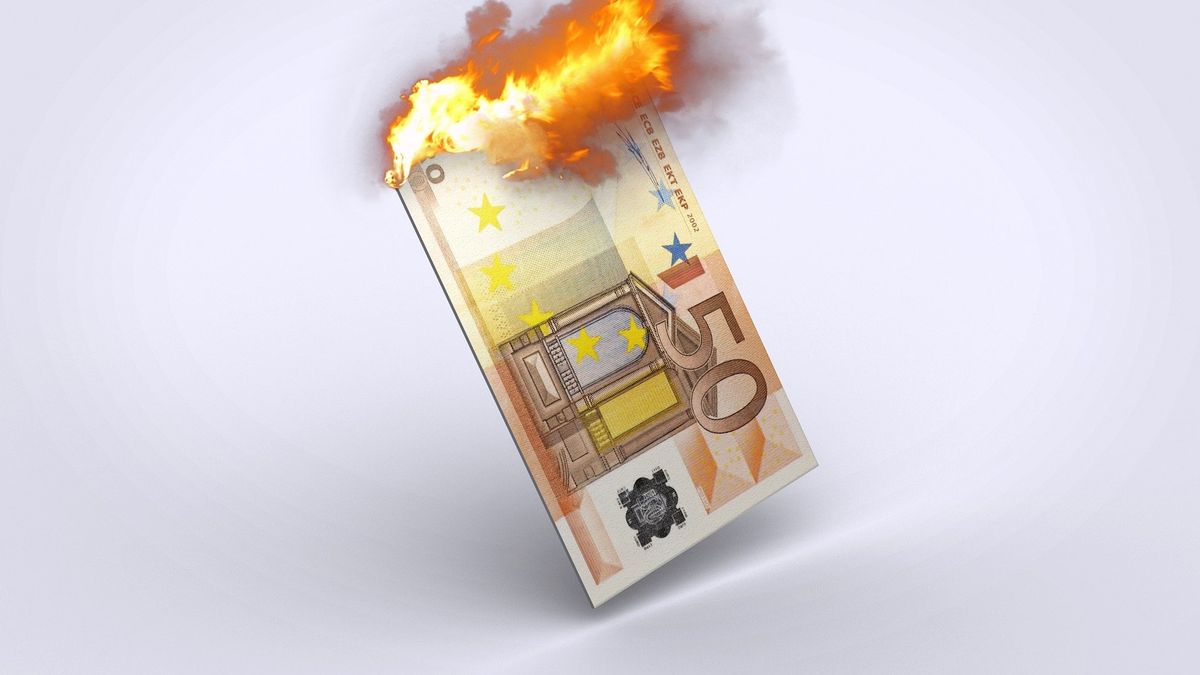Which countries recorded the highest inflation?
Among the Twenty-seven, the rate of inflation accelerated in June in all countries, except in Germany, where it moderated to 8.2% from 8.7%, and the Netherlands, where it went to 9.9% from 10 .2% of May.
The biggest price increases in the EU were recorded in Estonia (22%), Lithuania (20.5%) and Latvia (19.2%), while the least strong increases corresponded to Malta (6.1%), France (6.5%) and Finland (8.1%).
In addition to the three Baltic countries, twelve other EU members recorded double-digit price increases, including the Czech Republic (16.6%); Bulgarian (14.8%); Poland (14.2%); Romania (13%); Hungary (12.6%); Slovakia (12.6%); Greece (11.6%); Slovenia (10.8%); Belgium (10.5%); Luxembourg (10.3%); and Spain (10%), while the Netherlands (9.9%); Ireland (9.6%); Cyprus and Portugal (9% each) registered rates of at least 9%.
In the case of Spain, the inflation rate stood at 10% in June compared to 8.5% in May, widening the unfavorable price differential with respect to the eurozone average to 1.4 percentage points.
Compared to May, annual inflation fell in two Member States and increased in 25. In June, the largest contribution to the euro area annual inflation rate came from energy (+4.19 percentage points), followed by food, alcohol and tobacco (+1.88 points), services (+1.42 points) and non-energy industrial goods (+1.15 pages).
However, core inflation, which excludes energy, alcohol, tobacco and fresh food due to more volatile prices, stood at 3.7% last month, which represents a decrease of one tenth compared to the Month of May.
Energy repeated in the sixth month of the year as the main factor in the increase in prices, with an annual growth rate of 42%, which represents an increase of more than two points compared to the previous month.
rate hike
As the institution anticipated in June, the rate hike would be around 25 basis points, in what would be the first rise since 2011. What the ECB is pursuing is to try to puncture the rise in prices, even if it is at the cost of cooling the recovery economy already threatened by war.
The fundamental mandate of the European Central Bank, based in Frankfurt, is that inflation remains close to 2%, but without exceeding it. And a few months of high prices, mainly due to the energy crisis, aggravated by the Russian invasion of Ukraine, have been enough for the ECB to announce a rise in interest rates – the first in 11 years – after the Federal Reserve did. of the US and the Bank of England.
The decision to raise rates to discourage consumption while encouraging savings in order to lower inflation, will come this Thursday hand in hand with another key decision: the end of the public debt purchase program launched at the beginning of the pandemic to reduce the pressure on the States’ ability to maneuver to respond to the coronavirus crisis.
Source: Ambito
David William is a talented author who has made a name for himself in the world of writing. He is a professional author who writes on a wide range of topics, from general interest to opinion news. David is currently working as a writer at 24 hours worlds where he brings his unique perspective and in-depth research to his articles, making them both informative and engaging.




